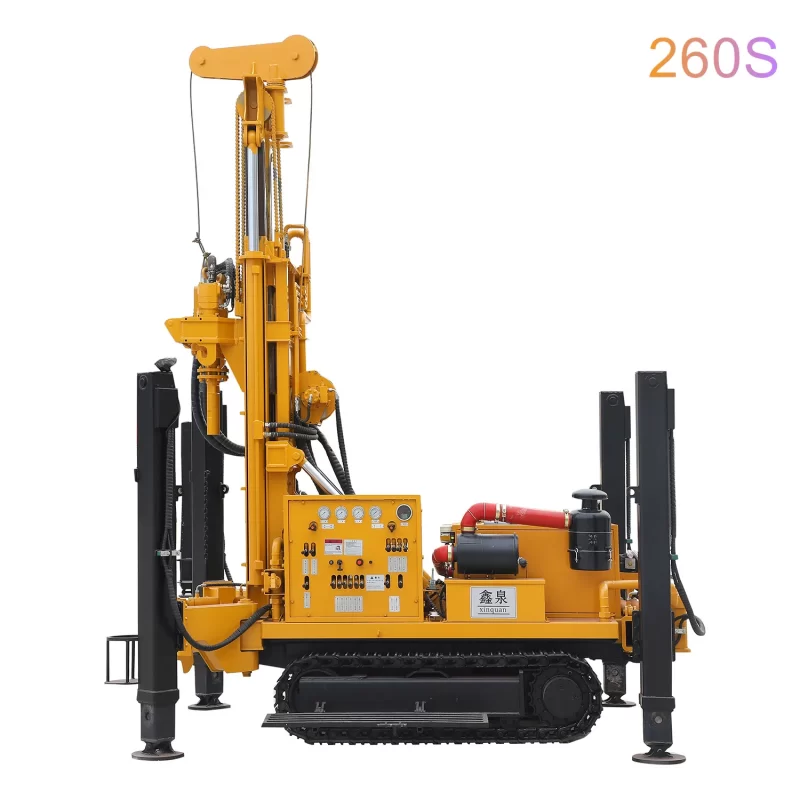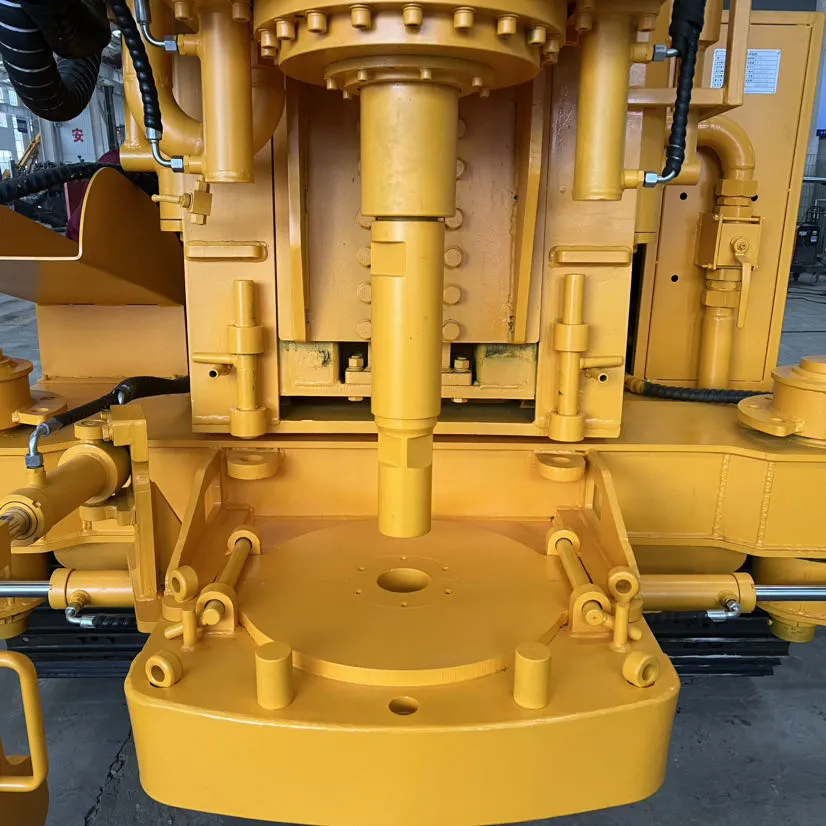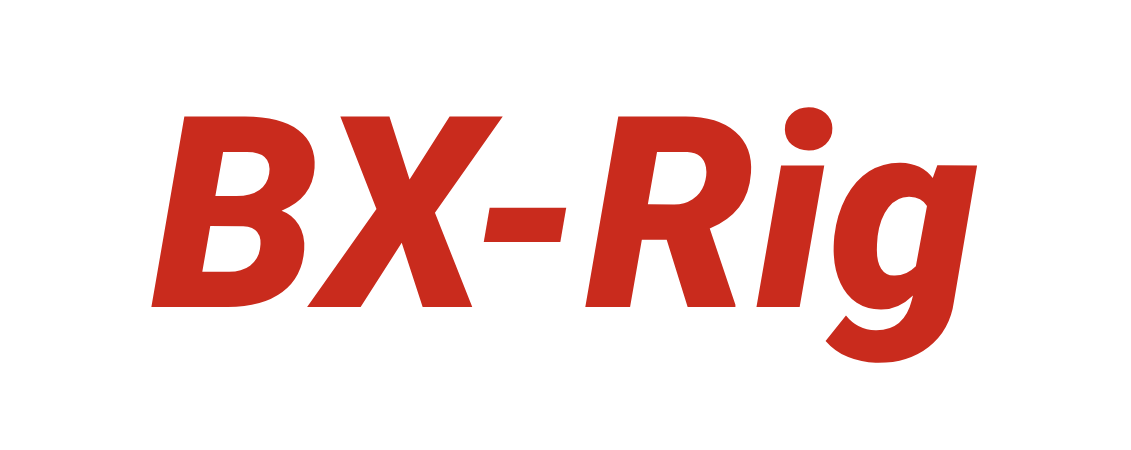Detailed Explanation of the well Drilling process in Clay layers
-
Preliminary Exploration: Laying the Foundation for Drilling
Use professional methods like geological surveys and hydrological investigations. Accurately grasp the thickness of clay layers, groundwater trends, and surrounding geology. These data are key for locating wells and designing depths. A proper location ensures steady water supply and stable wellbores.
-
Drilling Operation: Controlling Key Steps
Select suitable tools and fluids based on clay properties. During drilling, control speed and depth strictly. Monitor borehole verticality to avoid tilting. Analyze clay samples regularly to understand strata changes. This guides further construction for safe, efficient drilling. -
Well Pipe Installation and Gravel Filling: Ensuring Well Performance
Choose strong, permeable well pipes according to clay features and well use. Install pipes precisely and seal tightly; joints must meet safety and quality standards. After installation, fill with screened gravel. Control filling speed, prevent voids, and ensure enough material for filtering and support, extending well lifespan.
-
Well Flushing and Acceptance: Guaranteeing Well Compliance
Flush the well immediately after gravel filling. Remove mud, clay, and impurities to meet water yield and quality standards. Conduct a pumping test after flushing. Check parameters like water output and drawdown. Evaluate if the well meets design requirements. Only after these steps is a clay – layer well fully completed.
 Bangxin pagbabarena rig
Bangxin pagbabarena rig